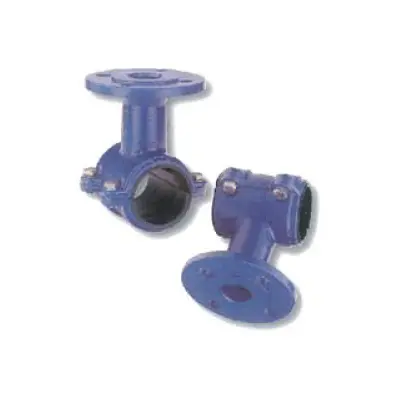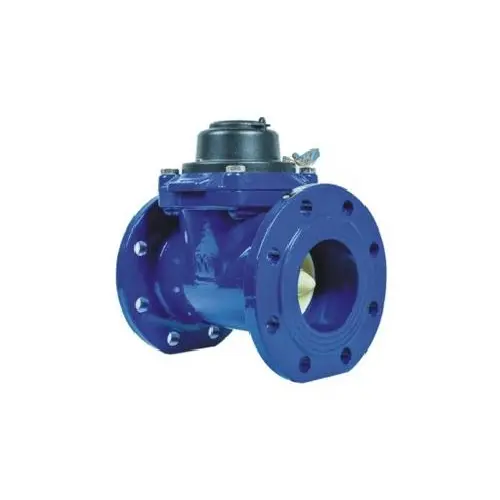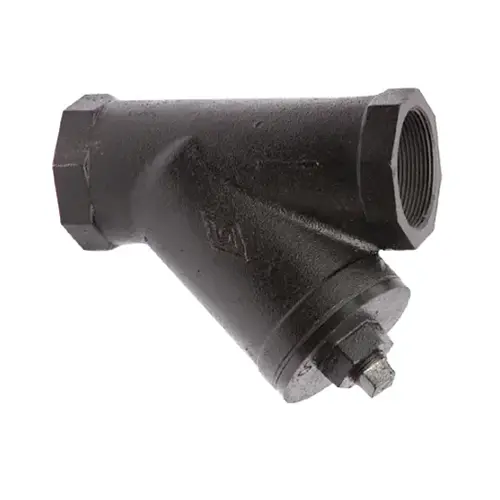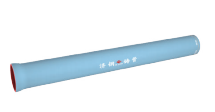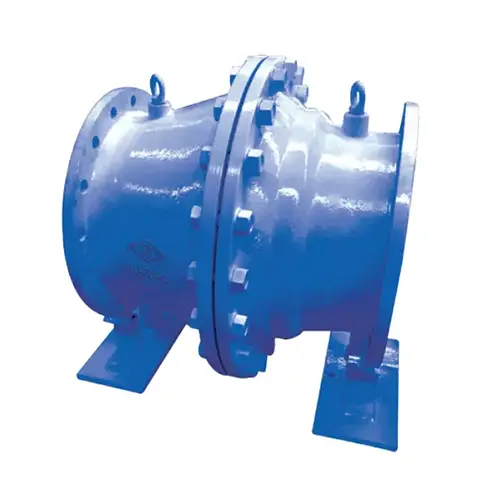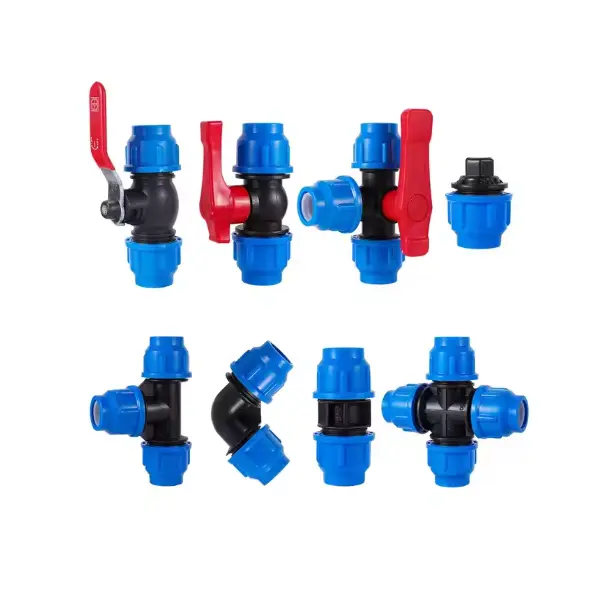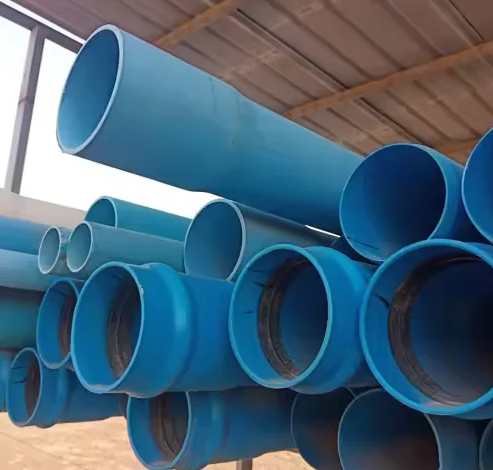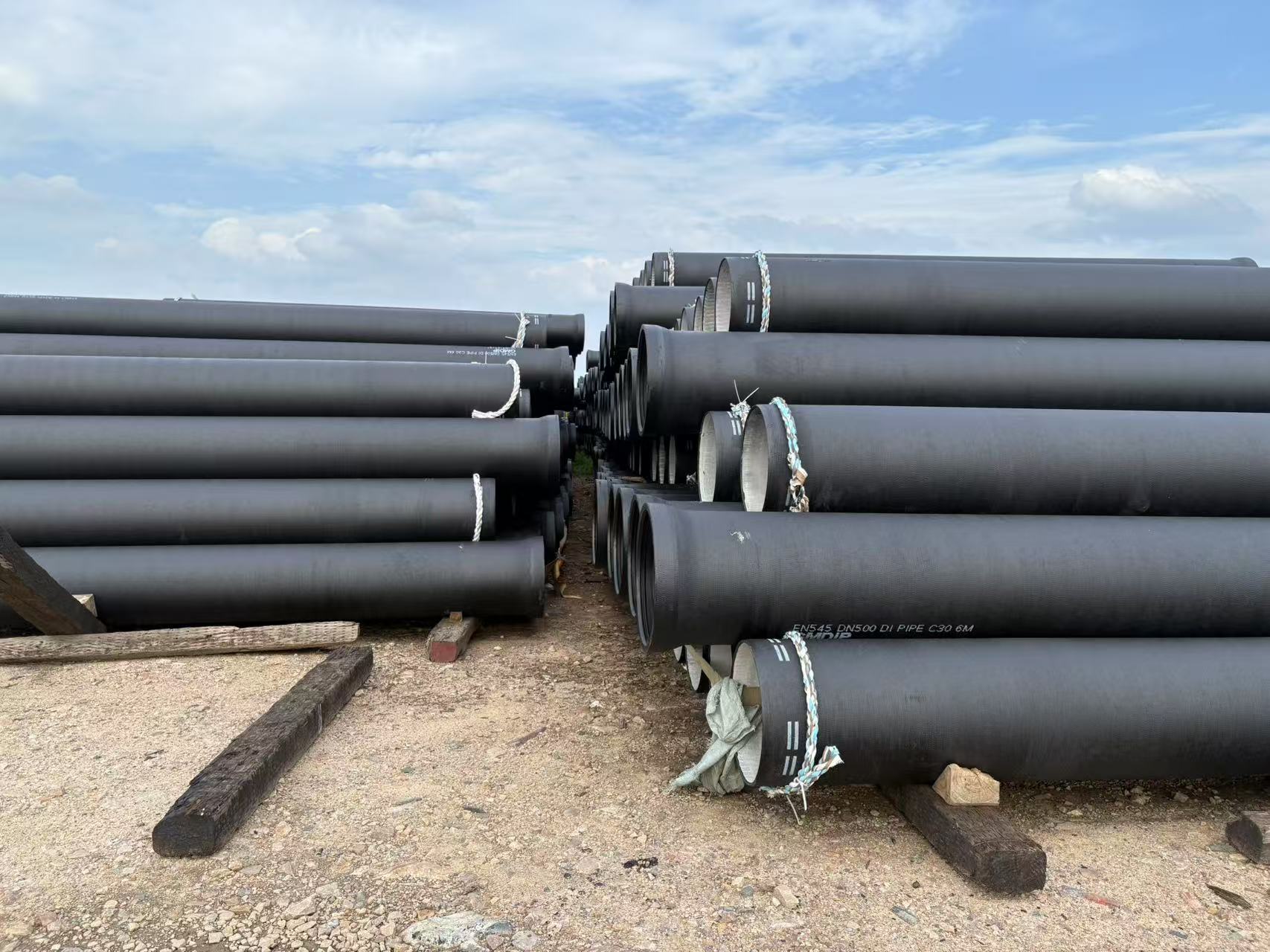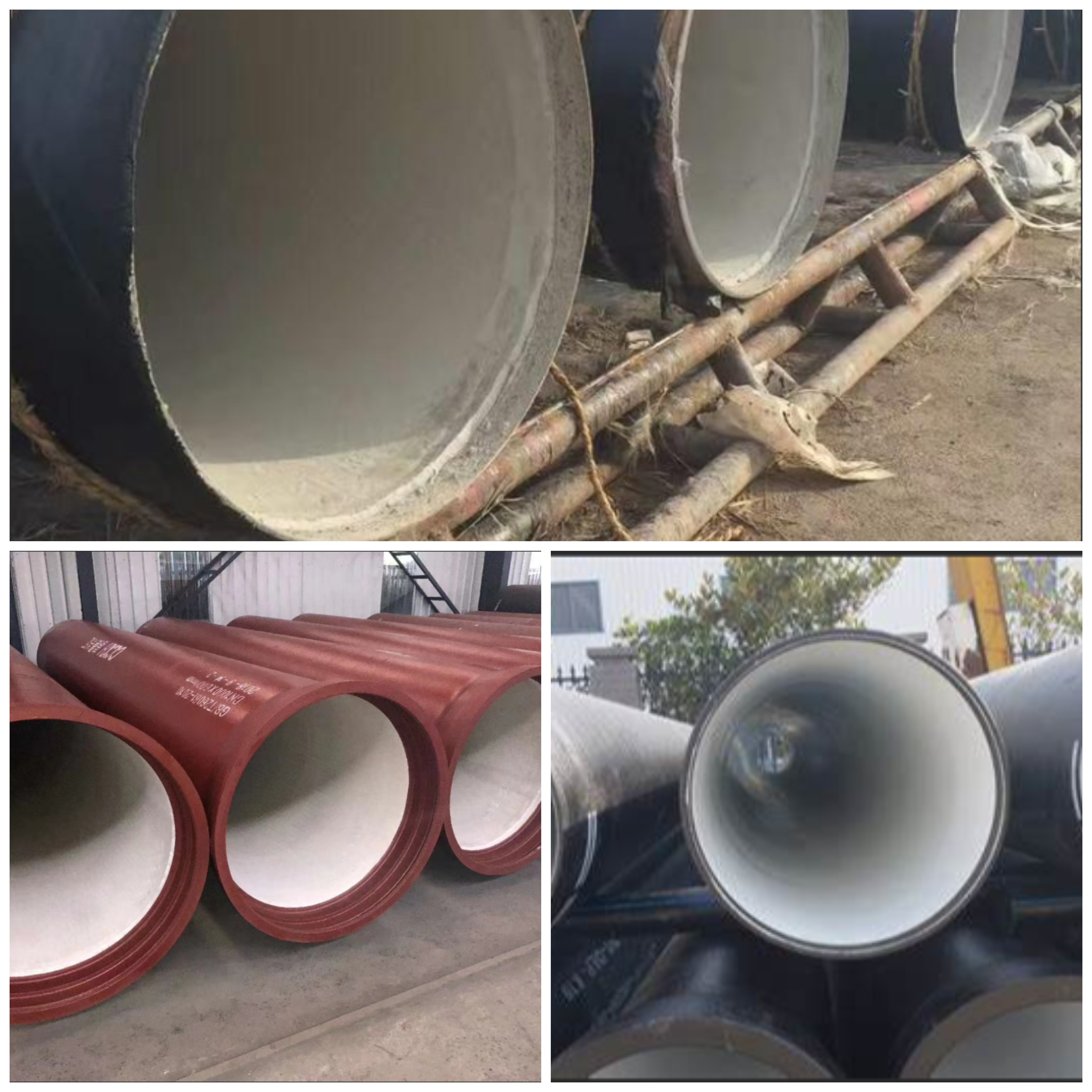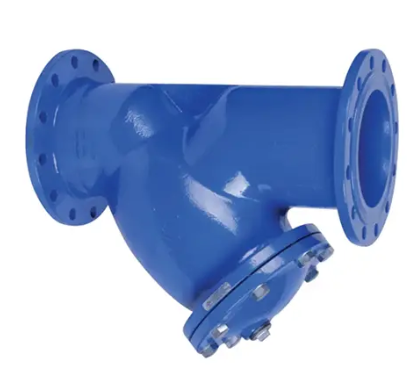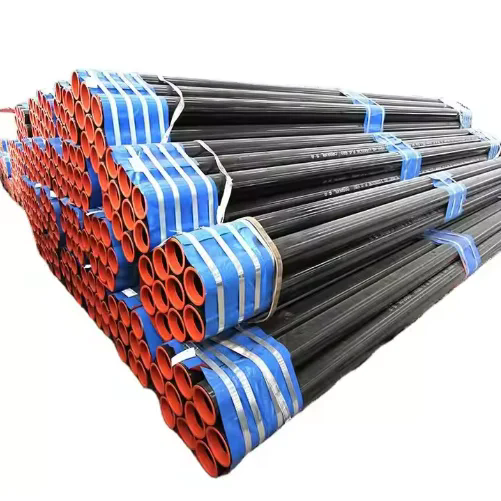Email Us
Should Your Next Water Project Trust Ductile Iron Pipe Fitting?
I spend a lot of time on job sites where timelines are tight and the ground tells the truth. In that setting, choosing the wrong component can cost a lane closure, a customer complaint, or a midnight repair. That is exactly why I keep coming back to Ductile Iron Pipe Fitting. Over the years I have worked with multiple brands and, as my projects grew, I started benchmarking with EPOCH because their engineering notes and field support matched what I was already doing in practice. Now I'm here to walk through the decisions I make when I select fittings, the failure modes I try to avoid, and the checks that keep installations dry and dependable.
What problems am I actually solving on site?
- Unexpected ground movement that shows up as joint stress after backfill.
- Pressure spikes during commissioning that punish weak seals.
- Soil chemistry that chews through coatings long before the accounting team expects it.
- Crews mixing brands and tolerances under time pressure, then fighting leaks on startup.
When I specify Ductile Iron Pipe Fitting, I am buying margin against those exact issues: high yield strength, forgiving push-on or mechanical joints, and restraint options that survive the first year’s settling.
How do I choose the right specification without overpaying?
- Pressure class first – size the fitting for the real test pressure, not the nominal. It keeps the total count lower because one well-chosen Ductile Iron Pipe Fitting can serve multiple positions on the run.
- Connection type second – push-on where speed matters, mechanical where alignment is tricky, flanged for valves and equipment tie-ins.
- Restraint only where needed – anchor bends and tees that see thrust; leave straight runs simple.
- Coating and gasket by environment – match soil and media instead of defaulting to a single SKU.
I keep this quick matrix on my tablet for field pick-lists before I send a final BOQ:
| Connection type | Typical sizes | Pressure class | Sealing option | Field pros | When I pick it |
|---|---|---|---|---|---|
| Push-on (Tyton-style) | DN80–DN1200 | PN10–PN25 | EPDM for potable, NBR for hydrocarbons | Fast assembly, tolerance to minor misalignment | Long straight runs, tight schedules, fewer bolts to torque |
| Mechanical joint | DN80–DN600 | PN16–PN25 | Wedge gasket or compression gasket | Great for repairs, adjustable in trench | Retrofits, cramped pits, mixed legacy pipe |
| Flanged | DN50–DN1200 | PN16–PN40 | Flat gasket, spiral wound for high pressure | Rigid alignment, repeatable torque specs | Pumps, valves, meters, plant tie-ins |
| Restrained joint | DN100–DN900 | PN16–PN25 | Grip ring or bolt-on restraint | Controls thrust without poured thrust blocks | Unstable soils, HDD exits, steep grades, bends and tees |
Why do coating and gasket choices decide the life-cycle cost?
- Coatings – zinc-rich plus epoxy handles most soils; polyethylene encasement is cheap insurance in hot or aggressive ground. In coastal zones I spec higher DFT epoxy or a bitumen overcoat for buried service.
- Gaskets – EPDM for drinking water and chloramine treated systems, NBR where incidental fuel contact is possible. A high-temperature grade saves rework near boiler rooms.
- Hardware – hot-dip galvanized or stainless bolts in splash zones reduce the “rust halo” that shows up at year two.
The right pairing keeps a Ductile Iron Pipe Fitting performing for decades instead of years, especially where stray current or poor drainage raise the stakes.
Where does this material beat stainless, PVC, or carbon steel in real projects?
- Impact tolerance – trench work is messy; ductile iron shrugs off hits that would crack PVC or deform thin-wall steel.
- Thrust handling – with restraint, bends and tees hold position without oversized thrust blocks that invade other utilities.
- Thermal stability – fewer temperature-driven leaks on seasonal systems.
In mixed networks, I often anchor critical nodes with Ductile Iron Pipe Fitting and let the straight, low-risk sections use lighter materials. It keeps cost balanced while the backbone stays solid.
How do I keep installation fast and leak free?
- Dry-fit every piece before lube or torque. A minute here saves an hour later.
- Clean the bell and spigot; grit is the enemy of seals.
- Use the right lubricant on gaskets and follow a star pattern on flanged joints.
- Mark the insertion depth and confirm visual witness lines before backfill.
- Hydrostatically test in realistic stages, not just at the end of a 400-meter run.
These steps look simple, but they are why my Ductile Iron Pipe Fitting punch-lists pass pressure tests the first time.
What standards and proofs satisfy inspectors and procurement teams?
I reference AWWA C110 and C153 for fittings, ISO 2531 and EN 545 or EN 598 where projects are under those regimes, and I ask for mill certs with heat numbers that trace back to the cast. For potable lines, I verify gasket elastomers meet relevant hygiene certifications. A compliant **Ductile Iron Pipe Fitting** with traceable paperwork closes submittals without back-and-forth.
How do I explain the ROI to a finance lead who just sees unit prices?
- Fewer change orders – fittings that flex a little reduce unplanned extras when field conditions disagree with drawings.
- Lower leak rate – fewer call-outs after handover means predictable operating budgets.
- Longer service window – extended coating life pushes rehab further into the future.
On paper another option might look cheaper, but the installed and operating reality usually favors a well-specified Ductile Iron Pipe Fitting.
Do you want a simple checklist I use before finalizing the BOQ?
- Confirm every bend angle and branch orientation with the latest survey.
- Tag restrained joints on the plan; don’t leave restraint to the field.
- Match gasket elastomer to media and temperature, not just line service.
- Specify coating system and bolt finish by soil and splash exposure.
- Add two contingency fittings that can “save the day” without a supply-house run.
If you want that checklist as a fillable PDF, or you need help sizing a special, send the drawings. I am happy to mark them up around your preferred Ductile Iron Pipe Fitting layout.
Are you ready to talk through your layout and get a clean quote?
Tell me about your pressure class, soil report, and tie-in points, and I will suggest a short list you can price the same day. If you are comparing suppliers, I can help you make apples-to-apples decisions for every Ductile Iron Pipe Fitting in the run. Contact us with your drawings or a quick sketch and I will reply with a practical plan, a parts list, and lead-time guidance.
- What are the connection methods for ductile iron pipes?
- The Origin of the Butterfly Valve's Name
- What are the differences between flanges and flange blind plates?
- What issues should be noted when using flexible joints?
- How to select a check valve?
- How are rubber flexible joints manufactured and what processes do they go through?
About Us
Contact Us
No. 112, Jiefang Road, Lixia District, Jinan City, Shandong Province, China
Copyright © 2025 Shandong Epoch Equipment Co., Ltd. All Rights Reserved.



